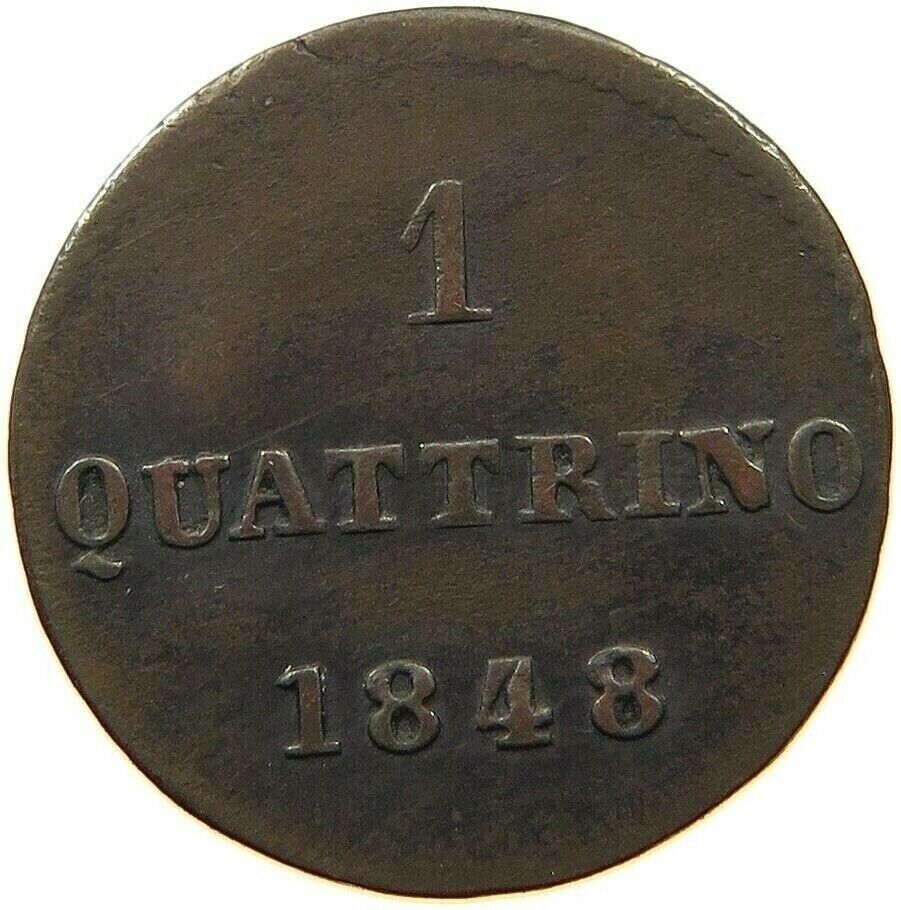-40%
ITALY, SARDINIA 7.6 Soldi 1757 PCGS AU58 Carlo Emanuele III Beautiful Strike !
$ 125.13
- Description
- Size Guide
Description
Sardinia. Carlo Emanuele III 7.6 Soldi 1757,KM44. Billion issue.
Obverse:
Head to right, date below
Obverse Legend:
CAR. EM. D. G. REX. SAR. CYP. ET. IER.
Reverse:
Displayed eagle, oval shield of Savoy arms on breast, in crowned oval baroque frame, value 'SOL • 7 • 6.' below
Reverse Legend:
DVX. SAB. ET. MONTISF. PRINC. PED. &.
Graded PCGS AU58, Population [1/0], total of 2 graded by PCGS. NGC Census [0/1], total of 1 graded by NGC. Extremely scarce 4 year issue.
Well struck, subtle straw toning with underlying luster peeking from behind devices.
Combined shipping available. Please view our high resolution photos.
Charles Emmanuel III (27 April 1701 – 20 February 1773) was the Duke of Savoy and King of Sardinia from 1730 until his death.
Sardinia (/sɑːrˈdɪniə/ sar-DIN-ee-ə; Italian: Sardegna [sarˈdeɲɲa]; Sardinian: Sardìgna [saɾˈdiɲɲa] or Sardìnnia [saɾˈdinja]; Sassarese: Sardhigna; Gallurese: Saldigna; Algherese: Sardenya; Tabarchino: Sardegna) is an island in the Mediterranean Sea and politically one of the 20 regions of Italy. It is the second-largest island in the Mediterranean Sea after Sicily, and is located west of the Italian Peninsula, north of Tunisia, and to the immediate south of the French island of Corsica.
The region of Sardinia is one of the five in Italy that enjoy some degree of domestic autonomy, granted by a specific Statute. Its official name is Regione Autonoma della Sardegna (Sardinian: Regione Autònoma de Sardigna, lit. "Autonomous Region of Sardinia"), It is divided into four provinces and a metropolitan city, with Cagliari being the region's capital and also its largest city. Sardinia's indigenous language and the other minority languages (Sassarese, Gallurese, Algherese Catalan and Ligurian Tabarchino) spoken on the island are recognized by the regional law and enjoy "equal dignity" with Italian.
Sardinia has been inhabited since the Paleolithic. The island's most iconic civilization is the indigenous Nuragic one, which lasted from the 18th century BC to either 238 BC or the 2nd century AD in some areas and to the 6th century AD in the region known as Barbagia. After a period under a political and economic alliance between the Nuragic Sardinians and the Phoenicians, the island was partly conquered by Carthage and Rome, in the late 6th century BC and in 238 BC respectively; the Roman occupation lasted for 700 years, followed in the Early Middle Ages by the Vandals and the Byzantines. Since the island was finding itself disconnected from Byzantium's scope of territorial influence, the Sardinians provided themselves with a self-ruling political organization, leading to the birth of the four Judicates. As the Italian maritime republics of Pisa and Genoa struggled to exercise increasing political interference upon the indigenous states, the Crown of Aragon subsumed the island as the Kingdom of Sardinia in 1324. Such Iberian Kingdom was to last until 1718, when it was ceded to the House of Savoy and later politically merged with the Savoyard domains based on the Italian Mainland. During the Italian unification, the Savoyards pursued a policy of expansion to the rest of the Italian peninsula, having their Kingdom be later renamed into Kingdom of Italy in 1861, which became the present-day Italian Republic in 1946.
Due to the variety of the island's ecosystems, which include mountains, woods, plains, largely uninhabited territories, streams, rocky coasts and long sandy beaches, Sardinia has been metaphorically defined as a micro-continent. In the modern era, many travelers and writers have extolled the beauty of its untouched landscape, which houses the vestiges of the Nuragic civilization.













